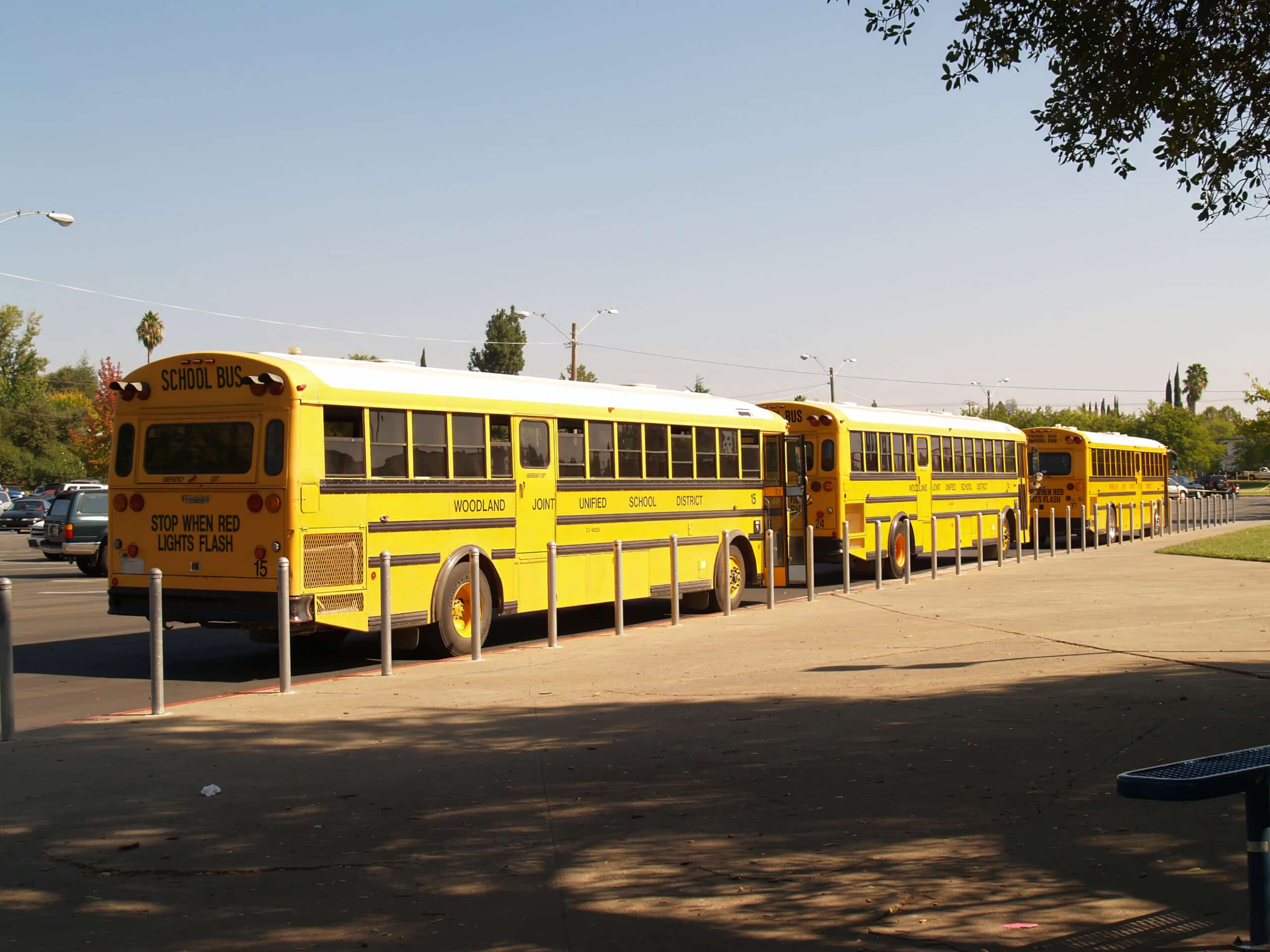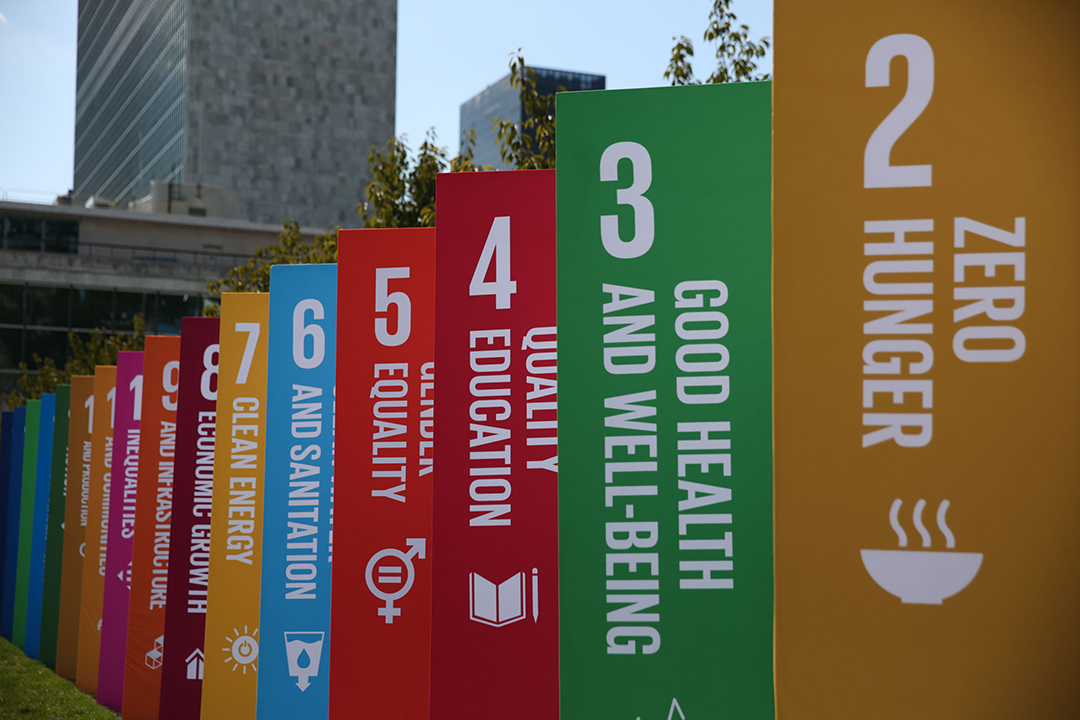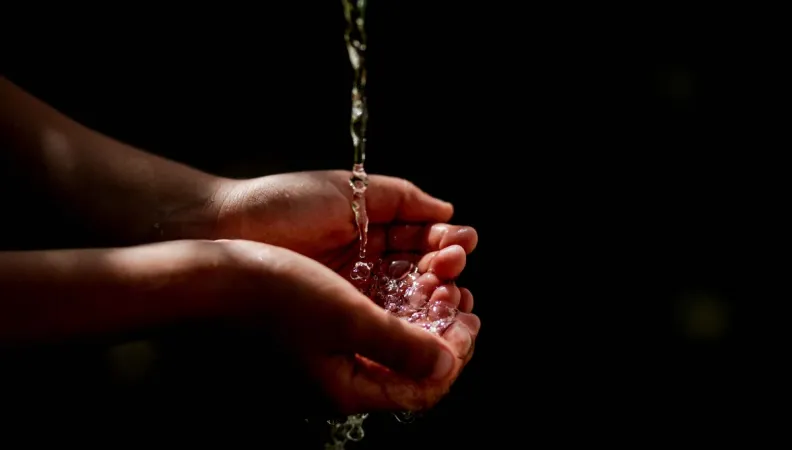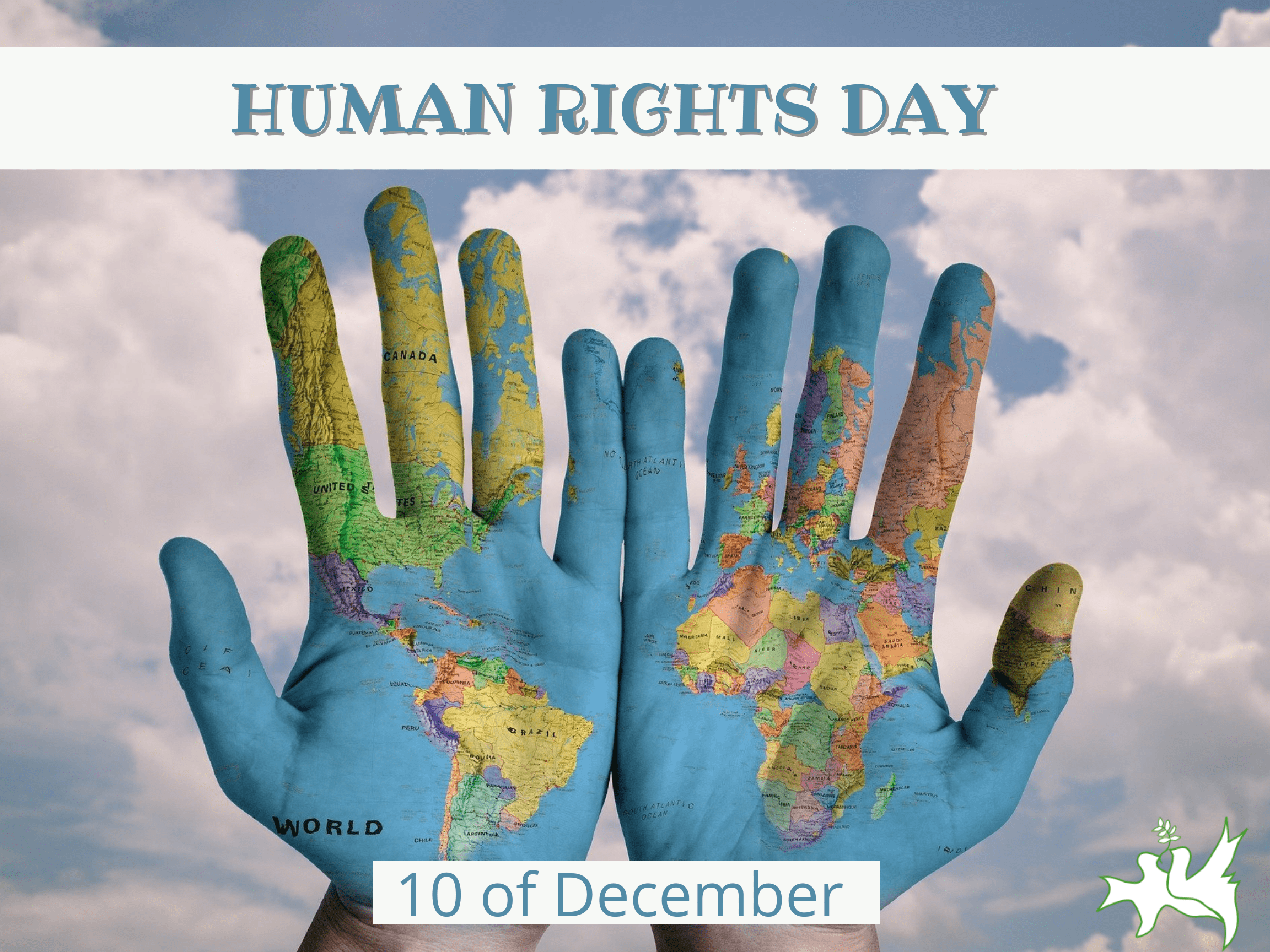Towards SDG 16: Navigating Global Challenges for Peace and Justice
This article explores global violence trends, highlighting homicide rates, conflict casualties, and challenges in fragile and conflict-affected areas

In today's interconnected world, the quest for peace and justice is more pressing than ever. From political upheavals to armed conflicts, the challenges we face are complex and multifaceted. Violence, in its myriad forms, poses a significant obstacle to progress and prosperity. In 2022 alone, over 116,000 violent events shook societies worldwide, leaving a trail of devastation in their wake. Beyond mere numbers, these events erode trust, hinder development, and exact a profound economic toll.
While there have been modest declines in global homicide rates over the past decade, the reality on the ground tells a different story. Regions like Latin America and the Caribbean continue to grapple with endemic violence, fueled in large part by gang-related activities. Despite strides in some areas, the disparity in homicide rates between men and women underscores the persistent challenges we face.
Armed conflicts, whether protracted or sudden, unleash untold suffering and upheaval. From Afghanistan to Yemen, the toll of war extends far beyond the battlefield, robbing communities of lives, livelihoods, and hope. The recent invasion of Ukraine by Russia stands as a stark reminder of the human and economic cost of conflict, with millions displaced and economies left in tatters.
Fragile and conflict-affected situations present unique hurdles to development efforts, compounding poverty, food insecurity, and social instability. Concentrated primarily in Sub-Saharan Africa and the Middle East, these situations demand targeted interventions aimed at breaking the cycle of violence and building resilience.
In the face of these challenges, the pursuit of peace and justice remains an ongoing journey. By fostering social cohesion, strengthening institutions, and promoting inclusivity and accountability, we can chart a path towards a more peaceful and just world. As we navigate the complexities of the 21st century, it is imperative that we unite in our commitment to building a future where every individual can thrive in safety and dignity.
Summary: The road to peace and justice is fraught with challenges, from endemic violence to armed conflict and fragility. However, by addressing these issues head-on and fostering collaboration at local, regional, and global levels, we can pave the way for a more peaceful and just world. It requires concerted efforts to build resilient societies, strengthen institutions, and promote inclusivity and accountability. Ultimately, our collective commitment to these goals will determine the future we leave for generations to come.
What is Your Reaction?
 Like
0
Like
0
 Dislike
0
Dislike
0
 Love
0
Love
0
 Funny
0
Funny
0
 Angry
0
Angry
0
 Sad
0
Sad
0
 Wow
0
Wow
0














































/environment-climate-change-and-health-(ech)/water-sanitation-hygiene-and-health-(wsh)/landfill-tuvalu-36092.tmb-1200v.jpg?sfvrsn=5c21fe40_1#)




.jpg.webp?itok=0ZsAnae9#)
























